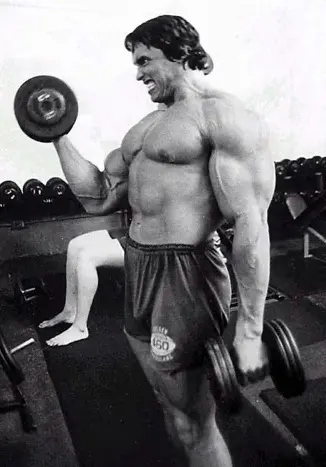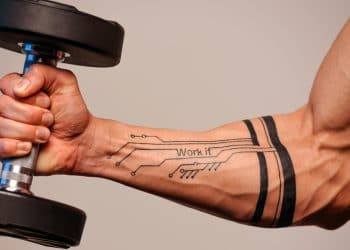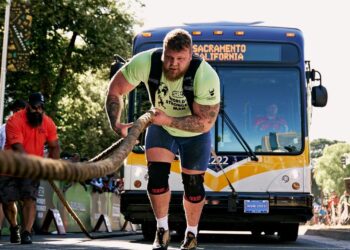While there is nothing especially wrong with a steady diet of regular barbell and dumbbell curls, it’s always good to add some variety to your biceps training workouts. After all, any workout can become stale and unproductive if you do it over and over again.
One of the best but often underutilized biceps exercises around is the dumbbell Zottman curl. This unusual exercise hits your biceps from a new angle, and that means it has the potential to trigger new growth.
Even better, this old-school arm exercise is also great for pumping up your forearms. This makes it an excellent twofer, and perfect for those days when you want to work your upper and lower arms but don’t have the time or energy to train biceps and forearms separately.
If you are looking for a new exercise to add to your arm-building arsenal, Zottman curls are highly recommended.
Muscles Worked
It’s always useful to know what muscles are involved in the exercises you do. That way, you can slot the right exercise into your workouts, using the best one for your training goal. The main muscles involved in Zottman curls are:
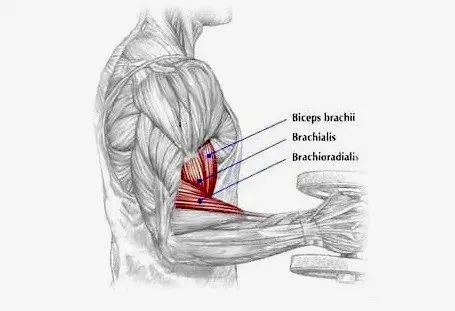
Biceps brachii– known as your biceps for short, this is the muscle on the front of your upper arm. It has three functions; elbow flexion, forearm supination, and shoulder flexion. Biceps brachii is a two-headed muscle, which means it has two origin or uppermost attachment sites that come together form a single muscle belly and insertion on the radius, which is the largest of the two bones in the forearm.
Level Up Your Fitness: Join our 💪 strong community in Fitness Volt Newsletter. Get daily inspiration, expert-backed workouts, nutrition tips, the latest in strength sports, and the support you need to reach your goals. Subscribe for free!
Brachioradialis– while Zottman curls work all of your forearm muscles, the one doing most of the work is the brachioradialis. It works alongside the biceps to flex your elbow and most active when your hands are in a pronated or palms down position.
How to Perform Zottman curls
To get the most from this exercise, or any other for that matter, it’s crucial you do it properly. The incorrect form could make your chosen exercise less effective and could even increase your risk of injury.
Zottman curls involve more coordination than a regular barbell and dumbbell curls but, once mastered, will add a new dimension to your upper arm workouts.
How to do Zottman Curls:
- Stand with your feet shoulder-width apart and knees slightly bent for balance. Hold a dumbbell in each hand by your sides, palms facing your legs. Make sure your torso is fully upright. Brace your abs.
- While keeping your upper arms close to your sides, bend your elbows and curl the weights up to your shoulders. As you raise the weights, rotate your wrists so that your palms are turned upward. Curl the weights all the way up until your biceps are fully contracted.
- Next, without lowering the weights, rotate your forearms, so your palms are now facing downward. This is called a pronated grip.
- Extend your arms and, keeping your hands pronated, lower the weights down towards the starting position.
- As the dumbbells near your legs rotate your wrists so your palms face inward – a neutral grip.
- Repeat for the prescribed number of repetitions.
Benefits of Zottman curls
Zottman curls offer a few useful benefits compared to regular curls.
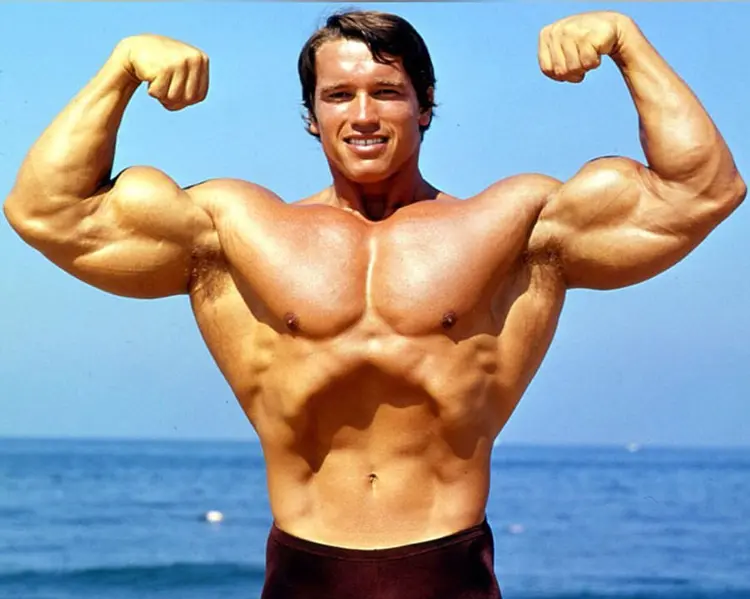
- Increased forearm activation– Zottman curls are basically a biceps curl on the way up, and a reverse curl on the way down. Reverse curls are a very useful forearm exercise.
- Time-efficient– with Zottman curls, you can train your biceps and your forearms at the same time. That’s helpful if you don’t have a lot of workout time but still want to train your upper and lower arms. With this exercise, you can do both in one move.
- Good for variety – doing the same exercises over and over can get boring fast. This not only affects your physical performance but your mental performance too. Adding Zottman curls to your workouts will help boost muscle growth while making your workouts fresh and interesting.
- Bigger, better-looking arms – bigger brachioradialis muscles will add a lot of your upper arm shape and size. When well-developed, this muscle will give your arms a distinct bowling-pin shape.
- A stronger grip – the reverse curl part of this exercise is good for strengthening your grip. A stronger grip is handy during rows and deadlifts, as well as sports like wrestling, football, and rock-climbing.
Tips for getting the most from Zottman curls
Get even more from this exercise with these useful tips!
- Do slow negatives – you are stronger eccentrically than you are concentrically. That means you can handle more weight during the negatives than the positive portion of a curl. Make the most of this aspect by lowering your dumbbells faster than you lift them. Try raising the weights in two seconds and lowering them in four.
- Keep your upper arms stationary – you’ll get a lot more from this exercise if you pin your upper arms to your sides and keep them there for the duration of your set. This eliminates your ability to cheat and will ensure that your biceps and brachioradialis do all the work.
- Use light to moderate weights – this is not an exercise that’s suited for heavy weights. Trying to lift a lot of weight could result in elbow and wrist pain. Instead, go a little lighter, focus on your form, and enjoy a great pump.
- Lean against a wall to prevent cheating – if you find that you sway or jerk your upper body during this exercise, try leaning your back against a wall and keeping it there while you perform your set of Zottman curls. This will prevent the swaying and cheating that takes tension away from the target muscles.
- Try fat grip Zottman curls – using fat grips or thick-handled dumbbells will increase forearm activation during this exercise. You might not be able to lift as much weight, but you’ll definitely get a good forearm pump!
Zottman curl variations
There aren’t too many ways to do Zottman curls. After all, they are a variation of dumbbell biceps curls themselves. The two main versions of this exercise are:
Seated Zottman curls– use an adjustable bench set to about 75-85 degrees to take stress off your lower back and prevent cheating.
Alternating Zottman curls– curl one arm at a time, alternating arms rep by rep.
Common Zottman curl mistakes
Avoid these common mistakes to ensure you get the most from this exercise.
Using too much weight– the Zottman curl is an isolation exercise, which means only one joint moves. This limits how much weight you can lift. Use light to moderate weights to ensure that you can do each rep with good technique. More weight won’t make this exercise any more productive.
Using sloppy form– if you use your legs, back, or shoulders to jerk the weight up, you take tension away from the muscles that should be doing all the work. Strict, smooth, slow lifting will produce much better results.
Doing Zottman curls too often– as good as this exercise is, it’s just one of the moves you can use to build your arms. Limit how often you do it, to once or twice per week to avoid stagnation and overuse injuries. Also, feel free to take a break from doing this exercise for a few weeks so that, when you return to it, it feels new again.
Wrapping Up
There isn’t anything wrong with regular curls, but if that’s all you do, you’ll soon get bored. Not only will your workouts lack the variety they need to be productive, but they also won’t be as fun or interesting as they could be either.
Shake up your arm workouts with a few sets of Zottman curls. They provide your biceps and your forearms with a novel stimulus that should trigger new muscle growth.

